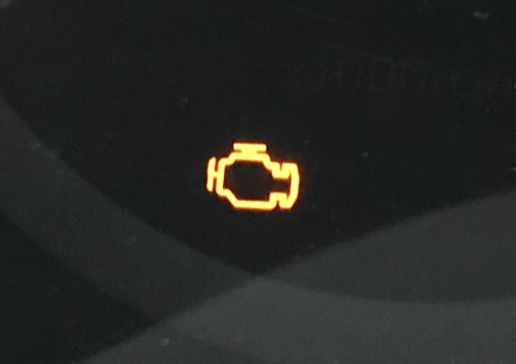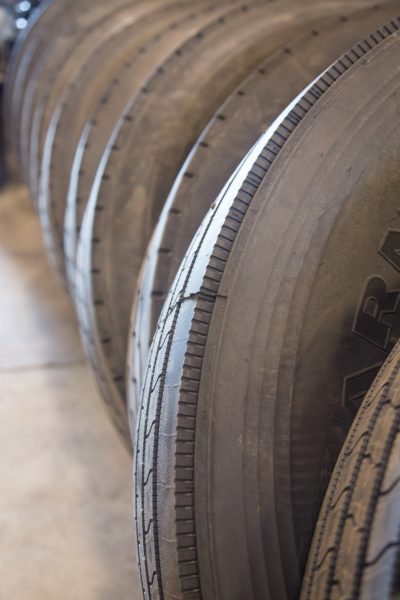By Mark Kozemko, Johnson College’s Automotive Technology Program Director
Original published in the November 27, 2020 edition of the Valley Advantage.
We’ve all been there.
The check engine light illuminates on the dash and suddenly you panic a little and ask yourself, “What’s happened and how do I make it go out?” No one likes it when this warning light comes on.
Today, I’ll address some of the common questions concerning the dreaded check engine light. Hopefully, this will help you put your mind at ease and help decrease the amount of anxiety that may arise the next time it comes on.
Remember, your vehicle is very complicated — and smart. The engine and drivetrain management systems are constantly monitoring driver inputs and outputs from various sensors in the engine, transmission and drive line.
Our first question is, “What issues cause the check engine light to come on?”
The most common issue is a challenge with your fuel cap. The fuel systems on modern vehicles are sealed systems. This means the systems are not supposed to allow fuel vapors into the atmosphere. If the seal on the fuel cap is damaged or even just dirty, it may cause a leak in the fuel system pressure. A loose or missing cap will do the same.
A second issue can be a faulty or dirty Mass Air Flow sensor, or MAF. This sensor monitors the amount of air entering the intake system of the engine. All the other components react to this amount of air being sent to the Powertrain Control Module.
Your vehicle’s oxygen sensors that monitor the oxygen in the exhaust system can also cause the check engine light to pop on. If the sensors are not sending the correct information, or not sending any information at all, the control unit will attempt to compensate for the information received. Sometimes the control unit can make those compensations. Other times, it will turn on the check engine light.
The last common issue is old and worn out spark plugs. When spark plugs wear, the gap that the spark has to jump across becomes larger and makes it more difficult for it to make its jump. This creates a misfire in the cylinder and reduces engine performance.
“What do I do when the check engine light comes on?” is our second question.
The first thing to do is check if your gas cap is there. I know, it sounds funny, but how many times have you seen vehicles traveling down the road with their fuel door open and the cap blowing in the wind? Or, maybe you’ve done it yourself!
If the cap is there, remove it to check the seal. When you put it back on, make sure it’s tight. If the seal is dirty, clean it and then tighten it correctly when you put it back on. If this was the issue, the check engine light will go out after a few cold starts or key cycles. If the light stays on, it’s time to visit a repair shop.
This leads us to our third question, “If the check engine light is on, is it safe to drive my vehicle to a repair shop?”
Usually, when the check engine light comes on, it will stay on steady, and you may not notice a difference in your vehicle’s performance. However, when you fill up at the pump, you may notice you’re taking on more fuel than usual. If this is the case, you should be able to drive the vehicle to your repair shop to be diagnosed.
If your vehicle experiences major misfire conditions, the check engine light will flash. This indicates the problem is current and you should not drive it to the shop. In extreme cases, most vehicle systems are designed to either shut down or go into a limp mode. This is when it’s time to call a tow truck.
Our fourth and final question is, “Is there a tool I can buy that tells me why the check engine light came on?”
If you’re a do-it-yourselfer, you can purchase an inexpensive code reader from your local parts store or online. These code readers will not repair your vehicle, but they can steer you in the right direction as to what caused the check engine light to come on. They can also ease your mind as to the seriousness of the problem.
When your check engine light comes on, please, don’t delay having it diagnosed and repaired as soon as possible. If you wait and continue to drive it, additional damage may cause repair costs to be a lot higher than if you had it diagnosed in a timely manner.
The check engine light is very helpful. Listen to it. Don’t fear it.





